ALFRED SISLEY (1839-1899)
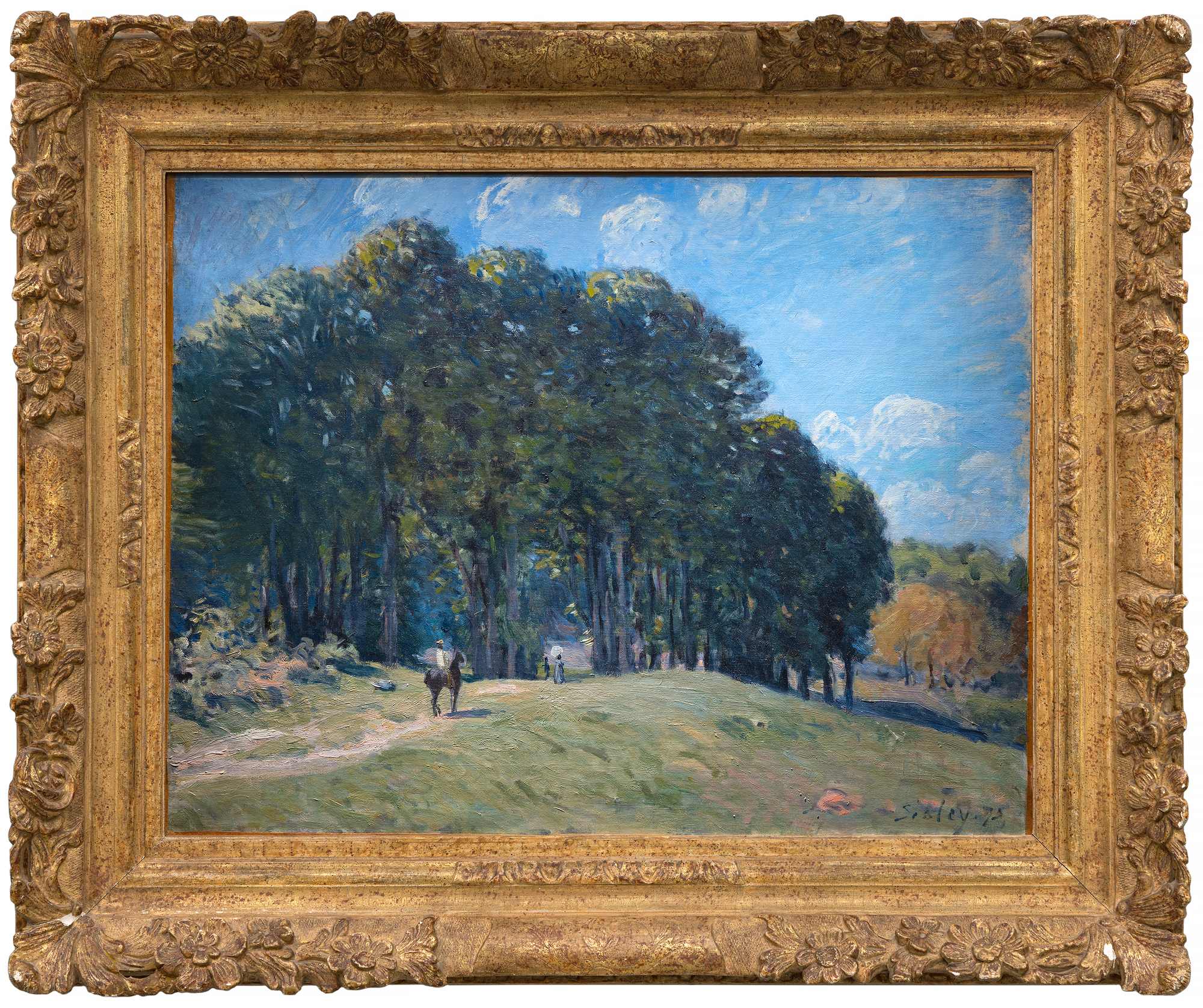
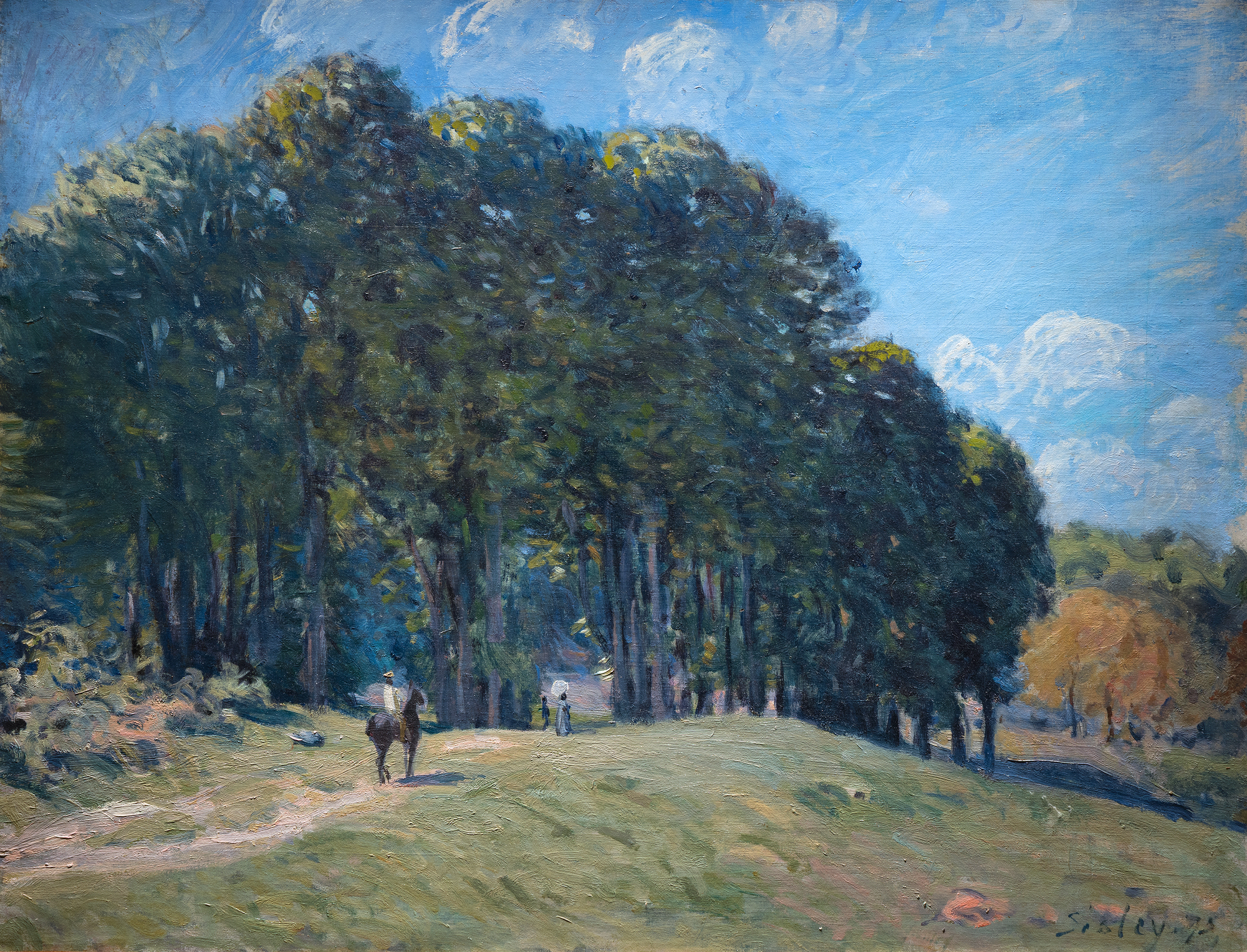
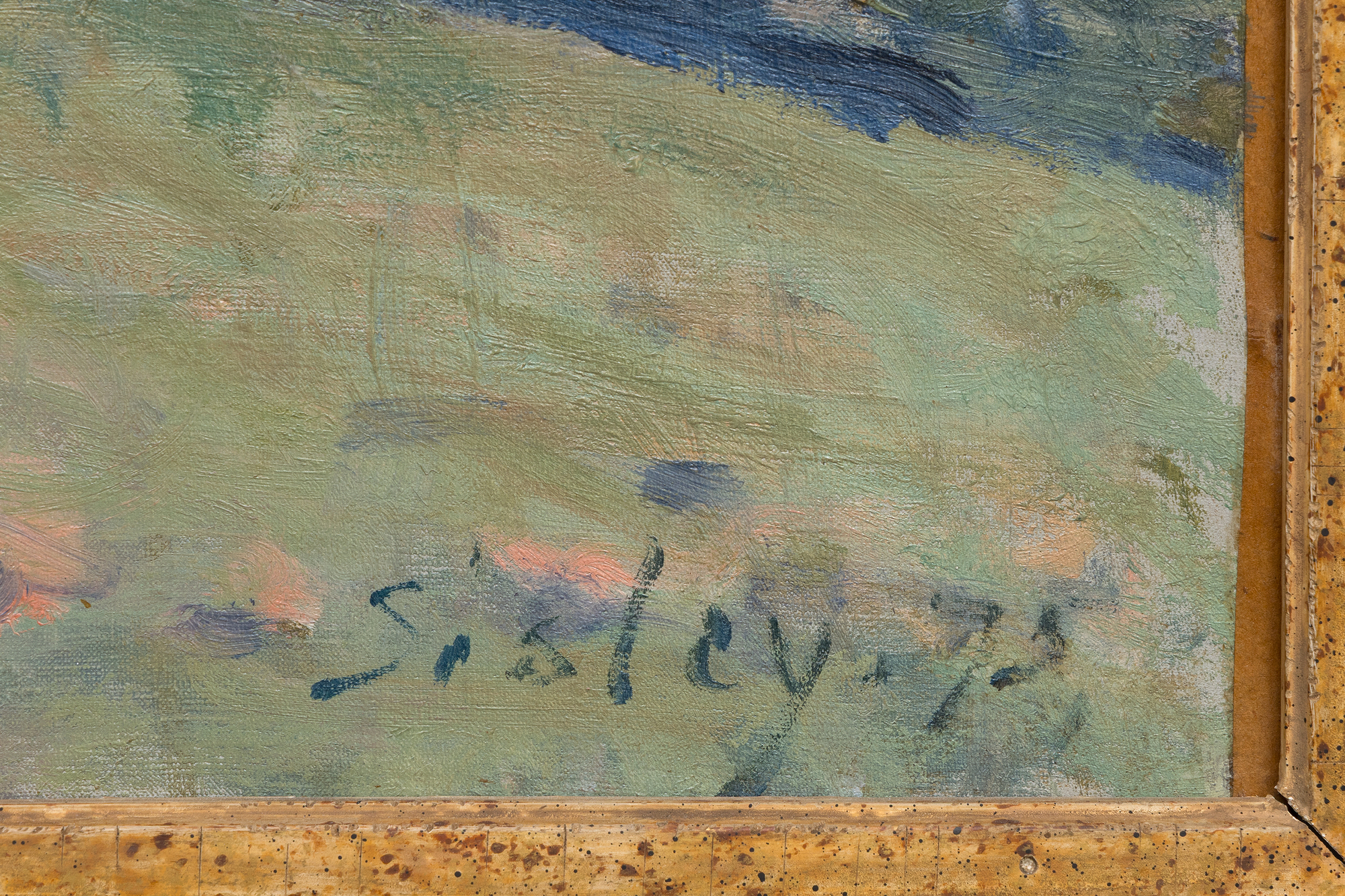

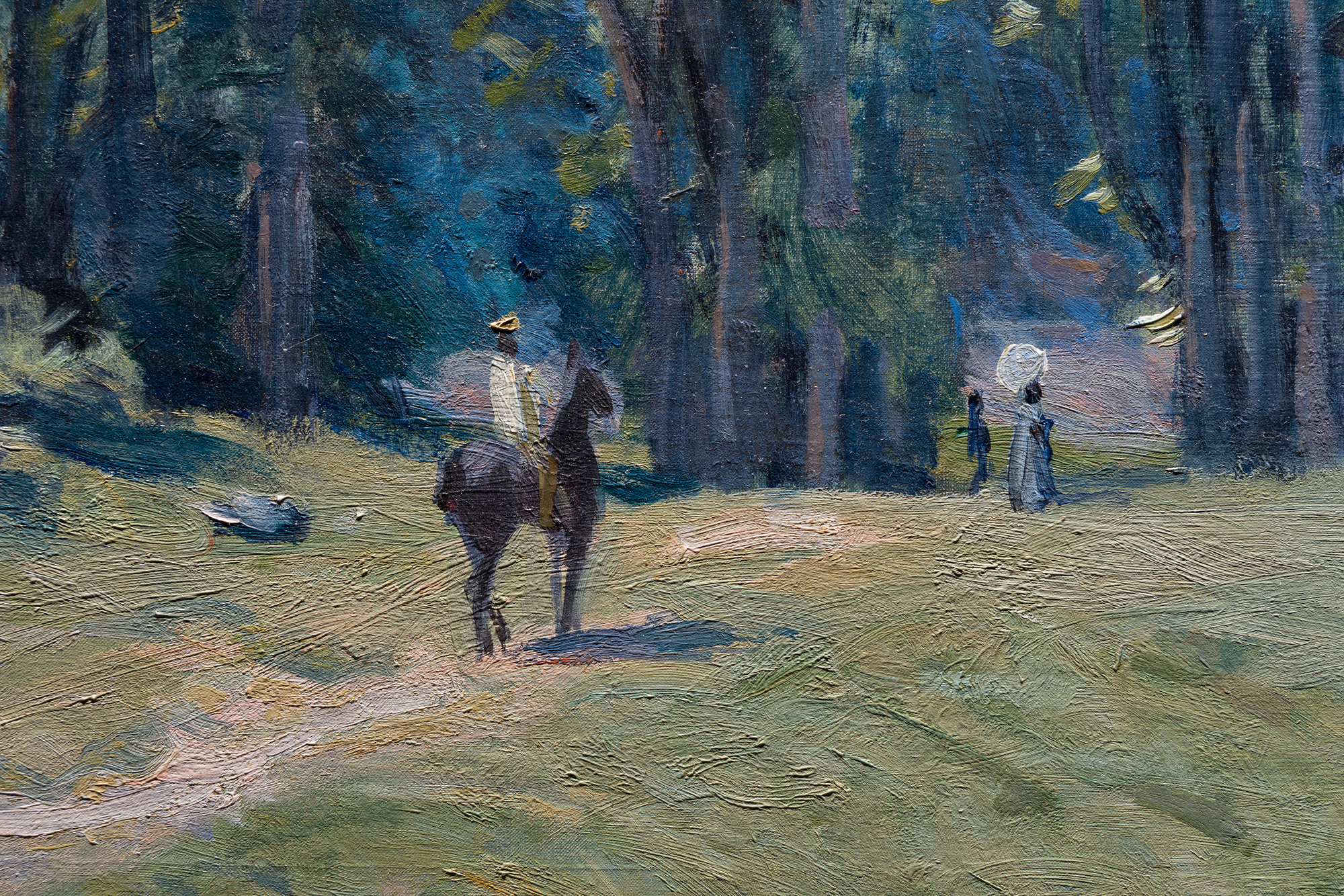
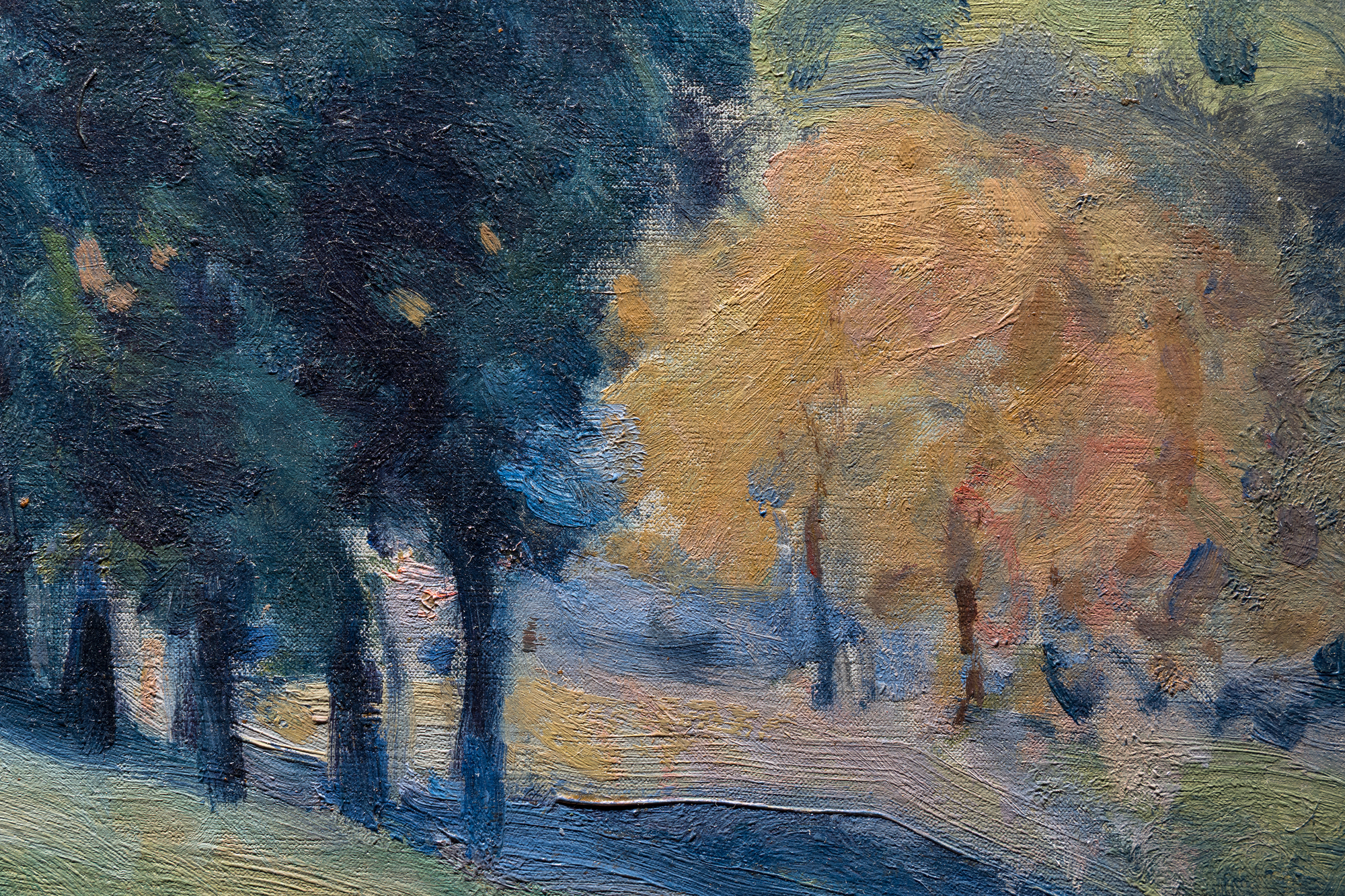
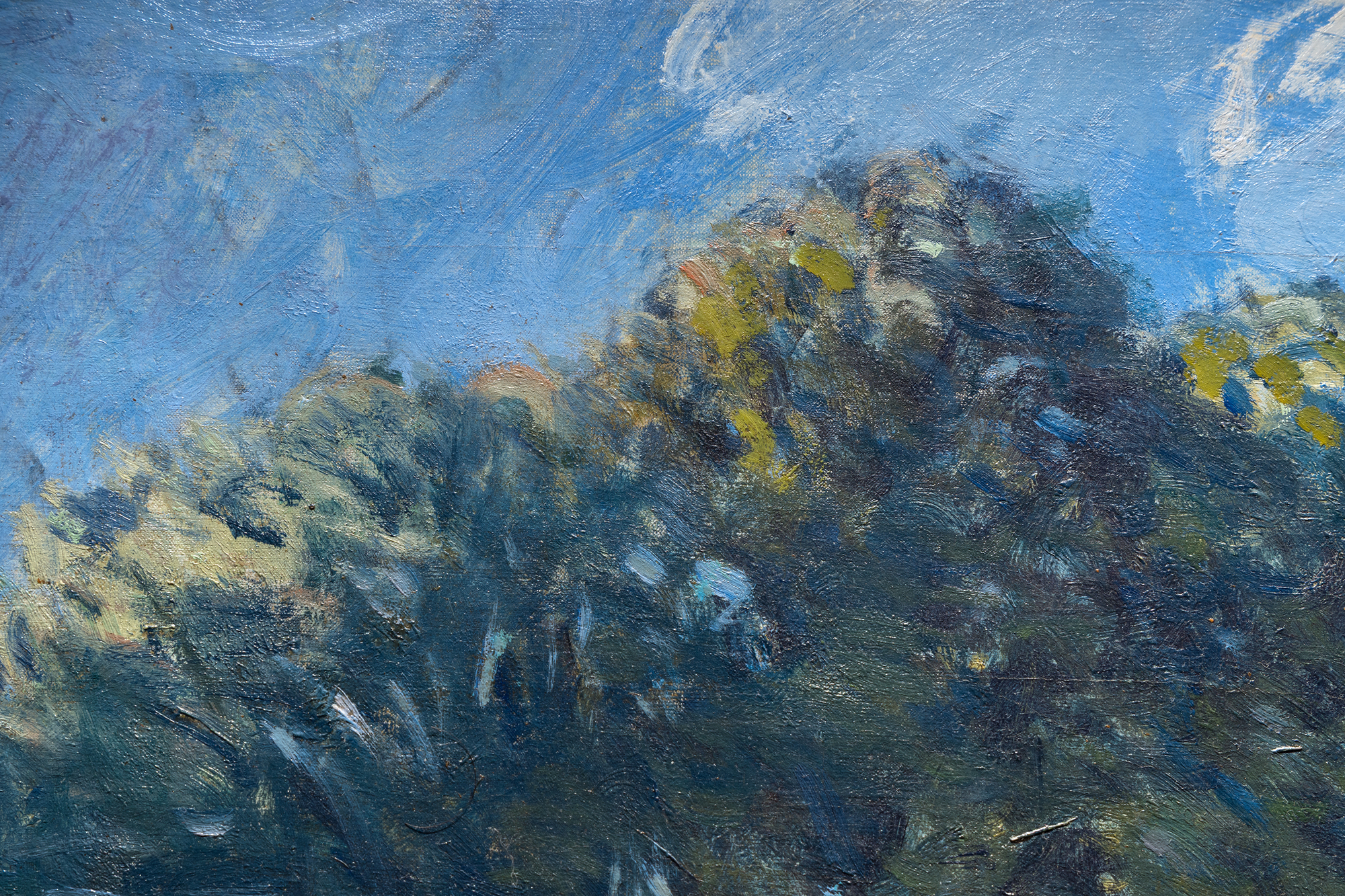
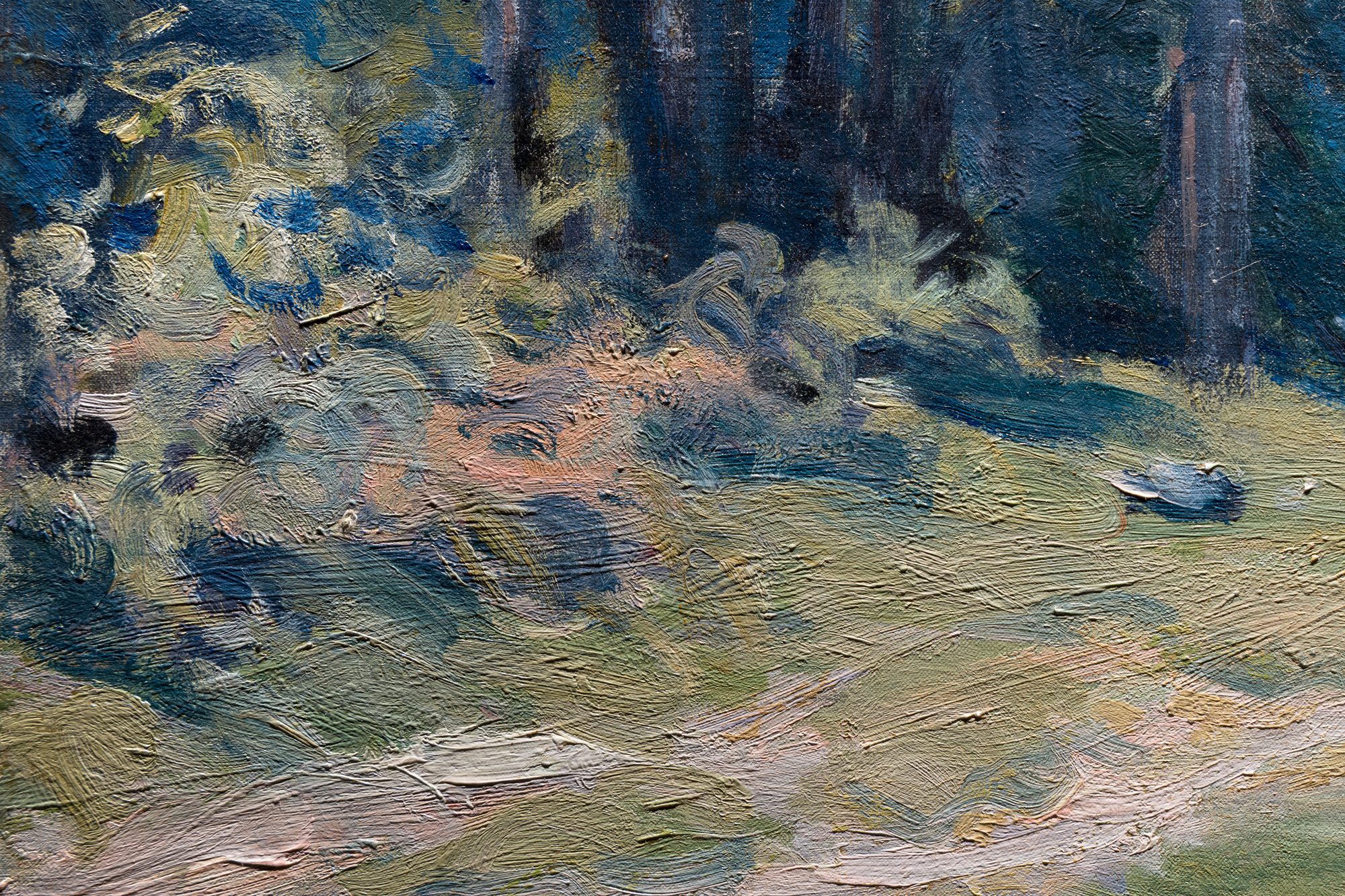
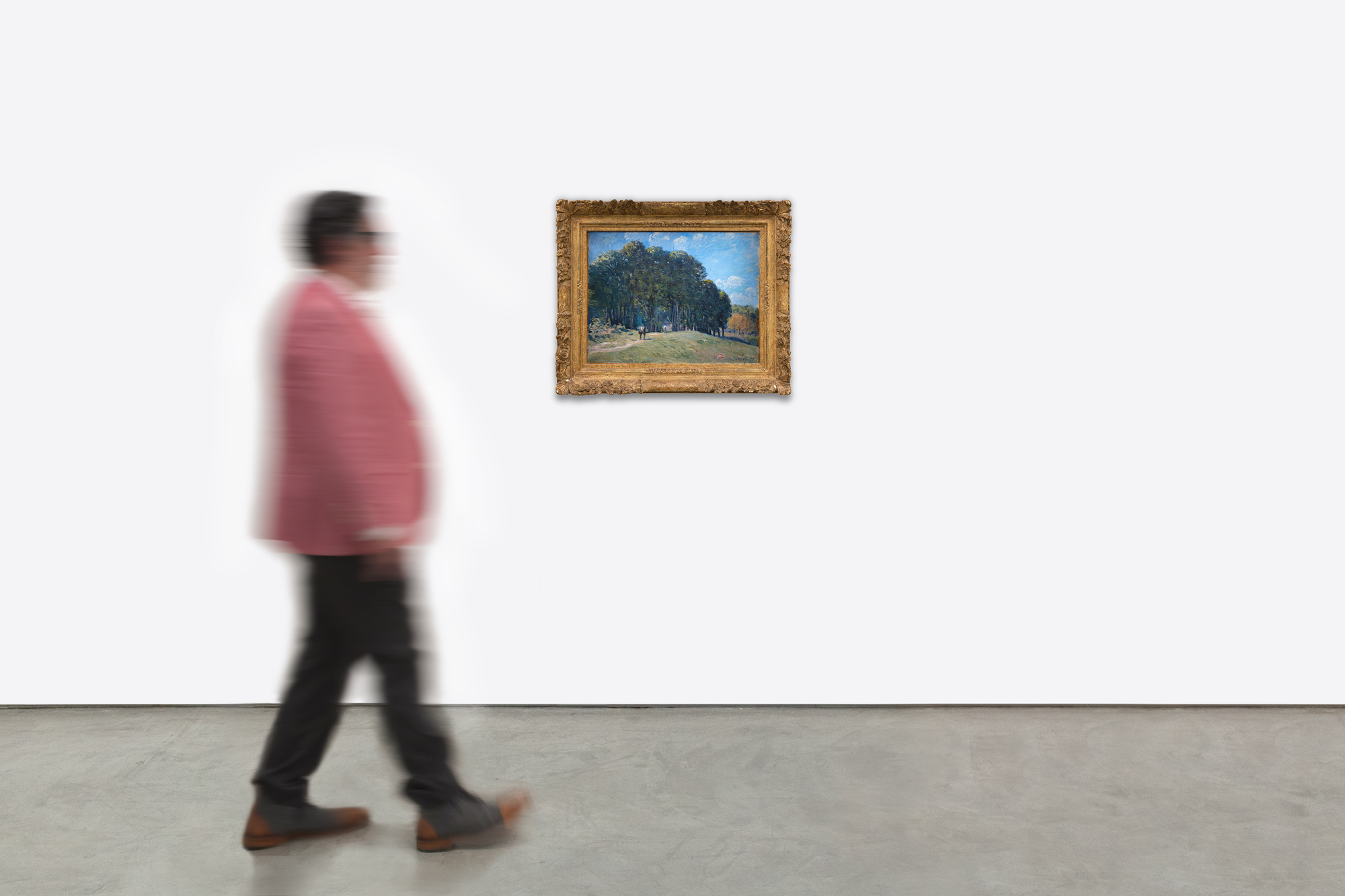
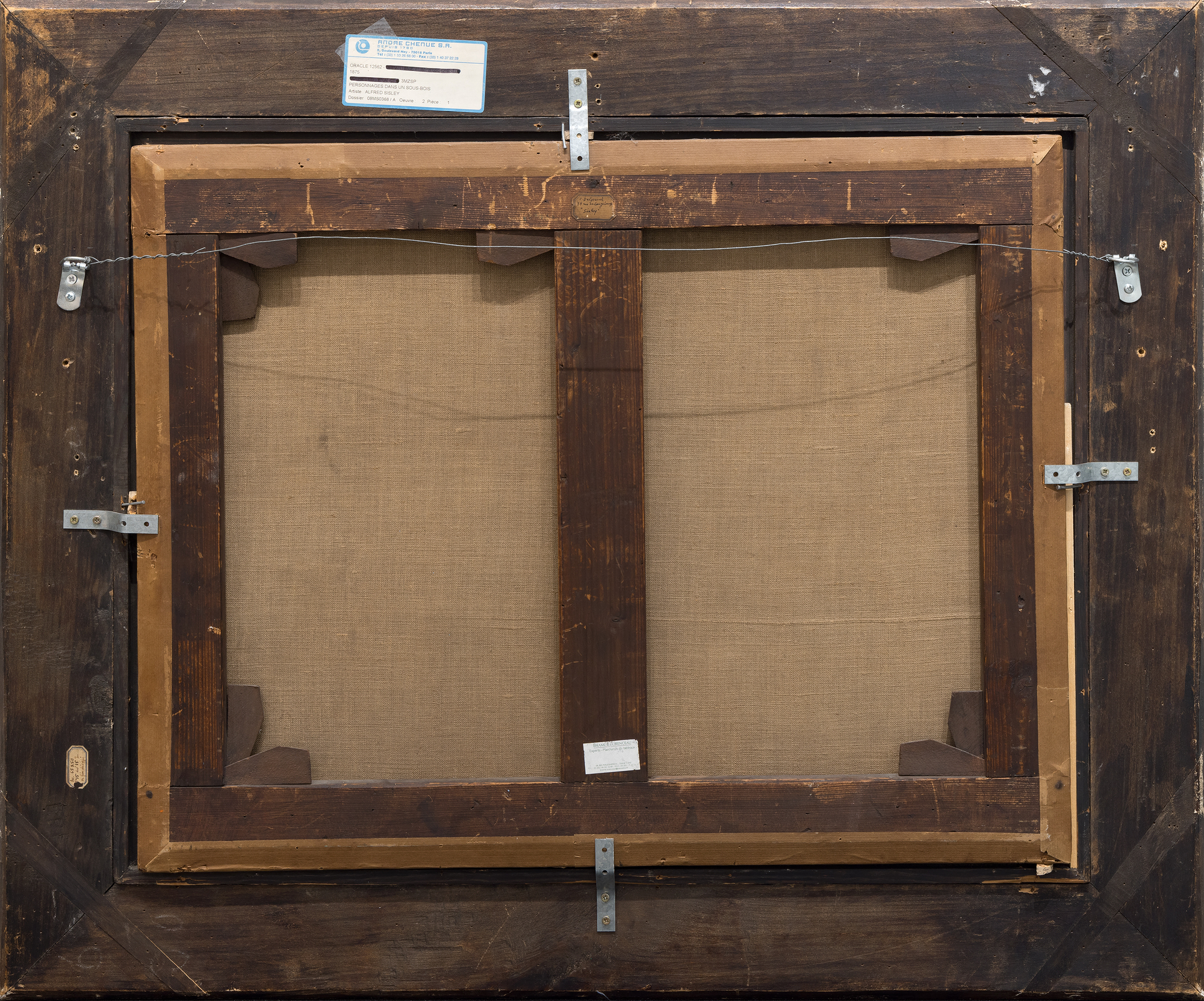
Procedencia
Dubourg, ParísHôtel Drouot, París, 24 de noviembre de 1903, nº 27
Jacques Balsan, París
Colección privada, Francia, años 1950
Colección privada, descendiente de arriba
Colección privada, Florida
Literatura
Sylvie Brame & François Lorenceau, Alfred Sisley - Catalogue raisonné des peintures et des pastels, París, 2021, nº 196, p. 104Precio1,900,000
El traslado de Sisley a Marly-le-Roi, impulsado por su amor a la vegetación y la necesidad de mantener a su joven familia en medio de las tensiones económicas posteriores a la guerra franco-prusiana, dio forma a esta obra. Pintada tras las decepcionantes ventas de la exposición impresionista de 1874, refleja la capacidad de recuperación. La luz difusa y la composición geométrica -camino y árboles anclados en un vasto cielo- evocan la suave bruma de la región. Camille Pissarro, un colega cercano, elogió a Sisley como "un gran y bello artista, en mi opinión es un maestro a la altura de los más grandes" (Pissarro, citado en C. Lloyd, 'Alfred Sisley and the Purity of Vision', pp. 5-33, M. Stevens (ed.), Alfred Sisley, exh. cat., New Haven y Londres, 1992, p. 8). El catálogo de 2021 de Brame y Lorenceau señala que 360 de los 1.013 óleos de Sisley residen en museos, lo que reafirma su legado.
Esta obra concisa pero evocadora ofrece a los coleccionistas una rara visión de la maestría de Sisley, que mezcla la belleza de la naturaleza con la innovación impresionista.


